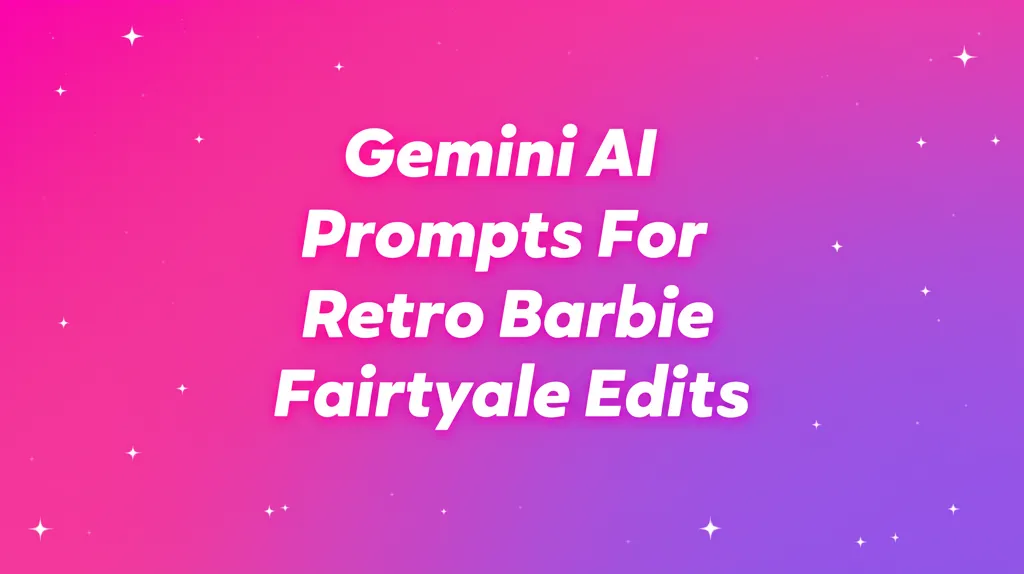Developer Offer
Try ImaginePro API with 50 Free Credits
Build and ship AI-powered visuals with Midjourney, Flux, and more — free credits refresh every month.
AI Virtual Staging Is Transforming Real Estate Listings
A Picture Perfect Illusion
Matthew Ping, a principal broker with Porcupine Real Estate in New Hampshire, recently encountered an online property listing with a lawn so perfectly lush it made him click for more details. Upon reading the description, he discovered the lawn was "virtually enhanced." It didn't stop there; the home's roof and façade had also been digitally altered. Ping estimated that achieving these changes in real life could cost a buyer up to $100,000.
"So, why are you putting that on a listing?" he questioned. "I don't think that makes sense. I think it would turn a lot of people away."
In today's market, most homebuyers begin their search online, making compelling photos more critical than ever. Professional stagers are often hired to furnish and decorate homes for broader appeal. In fact, a study from the National Association of Realtors this year revealed that over 80% of buyers' agents believe staging helps buyers envision a property as their future home. While professional photography and lighting have been standard practice, AI-powered "virtual staging" is now disrupting the industry.
How AI Virtual Staging Works
New AI tools can digitally redesign a home's interior to reflect current trends and appeal to specific demographics. An empty spare room can be transformed into a nursery for a young family, or a vacant living area can be fully furnished to help potential buyers imagine themselves living there.
"AI has really enabled sellers of any price point to leverage staging, whether it's AI or physical, to really help market their property," says Katy Borja, director of marketing at Dickson Realty in Reno, Nevada. "The advantage of AI is speed, flexibility, and how quickly you can go to market."
The process is simple. A real estate agent or seller uploads photos of a room to an AI platform and provides prompts for the desired style. The AI analyzes the image and populates it with digital furniture and décor, often delivering multiple options in seconds or hours. While some minor tweaks might be needed with additional editing software, the core work is done almost instantly.
Borja notes that agents at her firm use these AI-staged photos in various marketing materials, including postcards and online listings. However, she stresses the importance of transparency. "The key there is transparency and making sure the photos are labeled as AI staging, versus what a house really looks like, so that buyers aren't feeling duped," she explained.
The Advantages of Going Virtual
One of the most significant benefits of AI staging is its cost-effectiveness. It dramatically cuts down on expenses compared to physical staging, which can run from several hundred to thousands of dollars. It also makes it possible to stage remote properties where physical staging would be prohibitively expensive.
"AI staging really opens up conversations about the possibilities of a home," Borja said. The speed is another major plus. While traditional staging can take weeks to coordinate, AI tools deliver results almost instantly, allowing properties to be listed much faster.
The Risks and Rules of Virtual Enhancements
Despite the benefits, there are limitations. Most Multiple Listing Service (MLS) platforms have rules requiring disclosure of virtual alterations. These rules typically prohibit changes to the physical characteristics or dimensions of a property.
The biggest risk is buyer disappointment. A person who tours a home after seeing a beautifully staged virtual listing might feel let down or misled if the reality is starkly different. To combat this, Borja says many agents at her firm display the AI-staged photos alongside the actual, current photos of the room.
Not everyone is convinced that virtual staging has the same impact as the real thing. "Virtual staging is cheaper and generally faster to produce, but stagers overwhelmingly report that it has a weaker impact on buyer interest than physical staging," stated Felicia Pulley, creative director for the Real Estate Staging Association. "The in-person experience still does the heavy lifting when it comes to offers."
The Future of AI in Real Estate
Interestingly, even traditional stagers are adopting AI to streamline their operations. Pulley notes that stagers use AI for marketing tasks like writing social media captions, drafting proposals, and creating client checklists, making their businesses more efficient.
Both Ping and Borja agree that the use of AI in real estate is set to grow. "I definitely think it's an evolution and not a revolution," Borja commented. As the technology becomes more integrated into all facets of business, it will simply become another valuable tool for agents to use.
Compare Plans & Pricing
Find the plan that matches your workload and unlock full access to ImaginePro.
| Plan | Price | Highlights |
|---|---|---|
| Standard | $8 / month |
|
| Premium | $20 / month |
|
Need custom terms? Talk to us to tailor credits, rate limits, or deployment options.
View All Pricing Details

